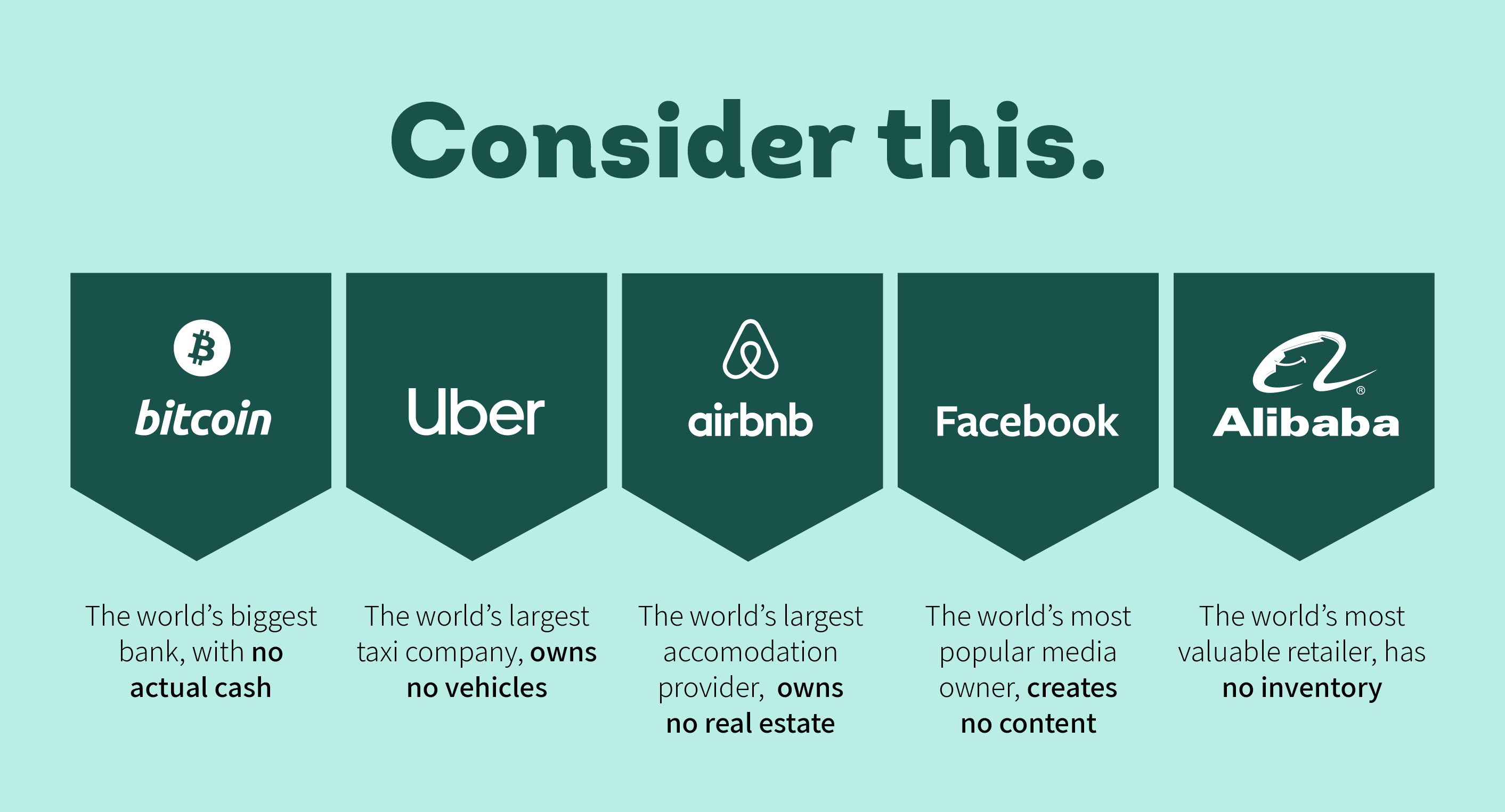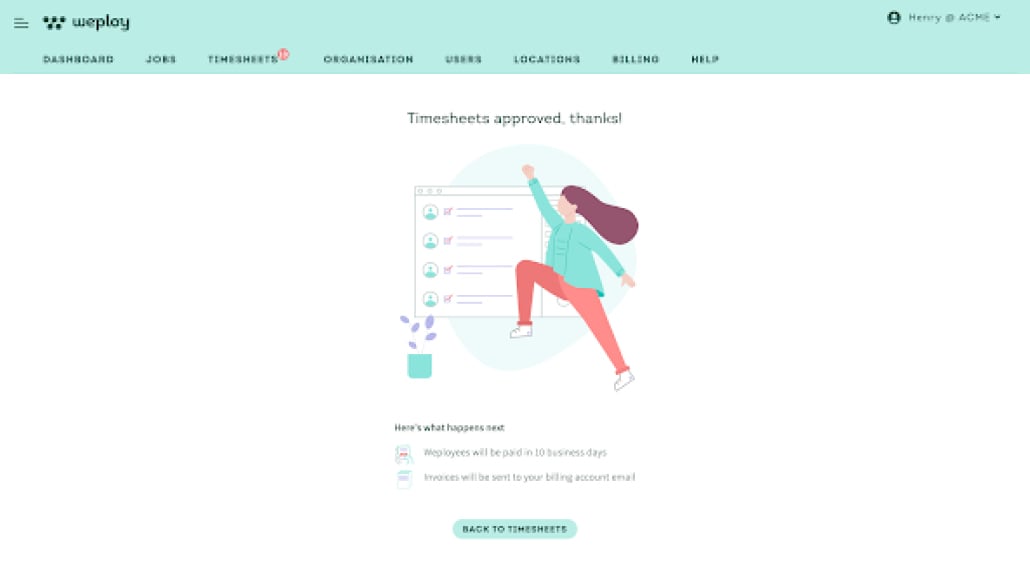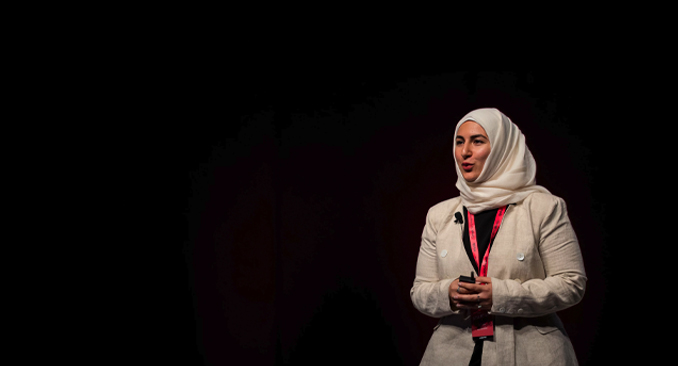Challenging Assumptions - A Practical Guide to Innovation

I want to talk a little bit about Marvin Pipkin and what he can show us about challenging assumptions. When the United States Army Scientist returned to civilian life and joined General Electric in the 1920’s - he was set the “impossible” task of creating a lightbulb that was frosted on the inside. But Marvin, not understanding this was a joke for new recruits, set about as if it were possible, and in 1925, the new internally frosted light bulb was completed.
Creating and using assumptions are hard wired into our brains making them difficult to spot. With the vast array of information the brain processes every second, assumptions help us to think faster meaning it’s harder to bring them into focus.
The business obituaries are littered with the devastating examples of companies that have not challenged their assumptions:
- Nokia shot down a full screen phone concept without a keypad three years before the iPhone was released. The leadership team reasoning that it would disrupt product development and marketing plans.
- Western Union turned down the patent to the telephone in 1876 as it lacked commercial possibilities.
- Kodak assumed their digital photography patents protected them against the threat of smartphone camera disruption.
So what can be done to help fforward-thinking companies challenge their assumptions and avoid becoming another tombstone in the corporate graveyard? This is what we do at Weploy...
1. Embrace diversity at every level
Diversity is a key driver of creativity and innovation, because different experience, equals different ways of thinking and therefore different assumptions. Diversity isn’t just about gender or race, it also includes socio-economic status, full time or contingent staff, sexual orientation, age... the list goes on. This is why assessing for “Culture Fit” during recruitment can be detrimental to innovation. Often it’s just shorthand for people who think like me, when really you want people who think differently to me.
This is one of the things our customers value so much about Weploy - we remove any chance of bias from their hiring decision. The entire team is always very proud when we hear feedback from employers admitting their Weployee would never have got through their traditional screening process, but have gone on to impact the business for the better.
2. Prioritise uncovering and challenging assumptions
When making important decisions it’s important to challenge as many assumptions as possible. I try to examine how confident I am about the source of information on which I’m making the decision. Even fundamentally challenging the premise of our business and product, and also examining the criteria of how I make decisions - are the success criteria that have worked up to today really the right criteria for future decisions?
A simple way to do this is re-frame a statement - for instance an hotelier may change the statement “Hotels have rooms” to “Why do hotels have rooms?” or “Do hotels have to have rooms?” We all know of a company that is disrupting hotels without owning a single room.
3. Get external perspectives and embrace “the challenge” question
Similar to building a wider diversity policy, it is important to get outside perspectives from those not involved in the decision and to build a culture of challenging arguments or assumptions. A tactic I use myself and encourage my team to do too, when I feel as if someone is making an assumption - just say “I want to challenge that X”. It takes leadership to foster that trust, so that more junior employees feel confident enough to speak up. Too often, these are the viewpoints that aren’t considered - when often it’s exactly these that could be critical to business success.
We can all fall into the trap of thinking that if we made the right decisions for the past five years, we will make the the right decisions for the next five. But remember Nokia - for three years they looked like they had made the right call. Until the full screen concept was dismissed and the smartphone era effectively put them out of business. So whenever I hear someone start a sentence with "I want to challenge…. " I consciously prepare myself to examine all my decisions.
If you look at the Fortune 500 companies from 1955 to 2017 - only 60 remain. That means 88% of all companies that were top of the world made the wrong decisions. Challenging the assumptions on which you base your decisions is essential if you are to succeed in an increasingly uncertain and disruptive operating environment. Before you and your team make your next business critical decision, I challenge you to take a few extra moments to challenge your assumptions and ask around for a few external opinions. This cheat sheet may help you!
Critical Thinking Cheat Sheet
|
...benefits from this? …is this harmful for? ...makes decisions based on this? ...is most directly affected? |
WHO ? |
...have you also heard discuss this? ...would be the best person to consult? ...will be the key people in this? ...deserves recognition for this? |
|
...are the strengths/weaknesses? ...is another perspective? ...is another alternative? ...would be a counter-argument? |
WHAT ? |
...is the best/worst case scenario? ...is most/least important? ...can we do to make a positive change? ...is getting in the way of our action? |
|
...would we see this in the real world? ...are there similar concepts/situations? …is there the most need for this? ...in the world would this be a problem? |
WHERE ? |
...can we get more information? ...do we go for help with this? ...will this idea take us? ...are the areas for improvement? |
|
...is this acceptable/unacceptable? ...would this benefit our society? ...would this cause a problem? ...is the best time to take action? |
WHEN ? |
...will we know we’ve succeeded? ...has this played a part in our history? ...can we expect this to change? ...should we ask for help with this? |
|
...is this a problem/challenge? ...is it relevant to me/others? ...is this the best/worst scenario? ...are people influenced by this? |
WHY ? |
...should people know about this? ...has it been this way previously? ...have we allowed this to happen? …is there a need for this today? |
...is this similar to XXX? ...does this disrupt things? ...do we know the truth about this? ...will we approach this safely? |
HOW ? |
...does this benefit us/others? ...does this harm us/others? ...do we see this in the future? ...can we change this for our good? |

Delivering on our mission to create a fearless and empowered world of work, we’ve made some helpful new updates to the platform that will enhance the user experience for employers in the Customer Service industry.

Born in a middle class environment in the Middle East, Nadine Saadi was taught that education for girls like her was everything: qualifications were the only thing that would enable the rest of the world to understand her value. When she brought up the idea of moving to Australia to study IT at Flinders University in Adelaide therefore, her parents were in full support despite being reluctant to see her move so far away from home.

The nature of work has evolved throughout the years, pushing digital operations to the forefront. In response, this has also bolstered a demand for professionals with the skills to navigate these tech trends. With the growing number of companies going digital, the list of in-demand skills will look drastically different from the previous generations. What's more, as opposed to evaluating workers with the degrees they have, the future of work will prize skills over academic qualifications alone.
In our post on 'The 5 Key Traits for StartUp Success', we talked about the soft skills you need to thrive in the workplace. But if you truly want to future-proof your career, here are some skills you may want to add to your arsenal:
Streamline your hiring
Business support staff with no hidden fees. Start hiring anytime.